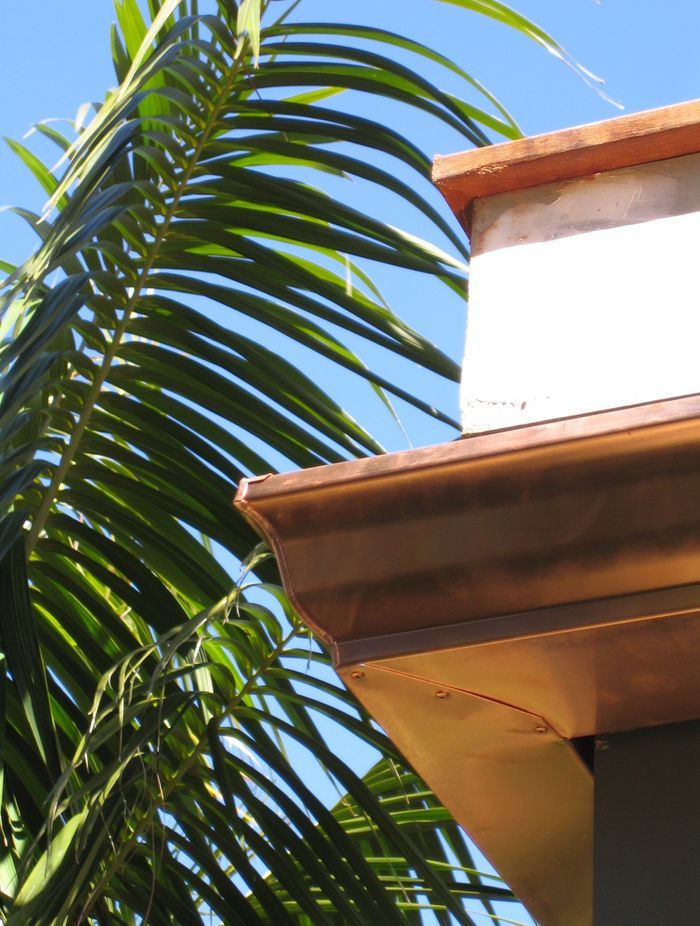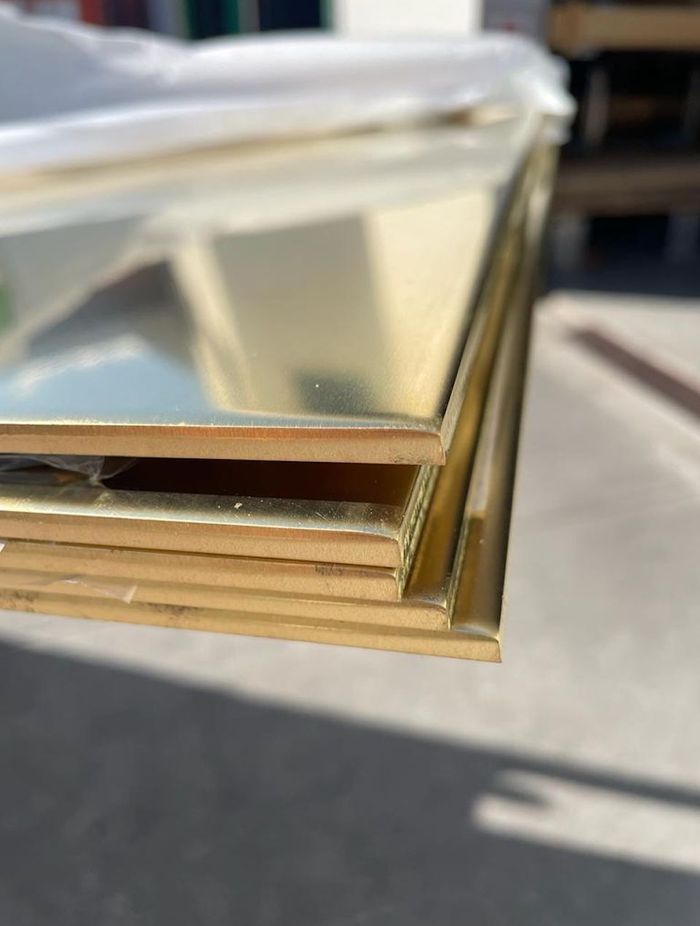Copper's crusade against bacteria and viruses

While you may think that antiseptic wipes or sprays are necessary to kill germs (bacteria and viruses) on most surfaces like stainless steel and plastics. There's a metal that kills germs on contact, no cleaning supplies necessary.
Copper has unique antimicrobial properties, meaning it can kill microorganism like bacteria and viruses without any assistance. These microorganisms must come in direct contact with copper for it to be killed. This is referred to as 'Contact Killing'.
The process involves the release of copper ions (electrically charged particles) when microbes, transferred by touching, sneezing or vomiting, land on the copper surface. The ions prevent cell respiration, punch holes in the bacterial cell membrane, or disrupt the viral coat, and destroy the DNA and RNA inside. This property disrupts cellular function and is important as it means that no cell mutation can occur also preventing the microbe from developing a resistance to copper.
Copper does not care about cell mutations its natural defense continues regardless...
Coppers tactical methods in destroying harmful germs?
- It disrupts bacterial cell membranes - copper ions damage cell membranes or "envenlopes" and can destroy the DNA or RNA of the microbe.
- It generates oxidative stress on bacterial cells and creates hydrogen peroxide that can kill the cell.
- It interferes with proteins that operate important functions that keep bacterial cells alive.


High profile germ casualties to copper
Studies have shown copper can kill many types of germs on contact. According to a 2015 study published in Health Environments Research and Design Journal, some of the common germs copper has proven to kill are:
- MRSA - Methicillin resistant Staphylococcus - Aureus
- E. coli
- Influenza A
- Norovirus
Brand new research published in the New England Journal of Medicine found that copper can be effective against SARS-Cov-2, the virus responsible for the coronavirus pandemic. The study showed that after 4 hours, the virus was no longer infectious on coppers surface. In comparison, coronavirus was still infectious on plastic surfaces after 72 hours.
https://www.copper.org/about/pressreleases/2006/pr2006_09_05.html

Surface changes vs performance
Copper will continue to kill germs as its surface patina changes with an environment over time. This patina process both internally and externally often displays hand and fingers prints early on which is translated by us as being “dirty”. We often find more comfort with steel surfaces like Stainless steel which maintains its appearance living up to its name.
Deadly Germs in contact with Copper or Copper alloys like Brass survive for only very short periods of time, sometimes only hours. When compared to alternative metal surfaces like stainless steel, which have no inherent antimicrobial properties, these same germs can survive for days unless cleaned with appropriate sanitation treatment and procedures.
A practical example of this that everyone can see, although not life threatening, is lichen, moss or fungal build up on roofs. Have you ever seen this on a copper roof? These same behavioural principles of Copper apply.
How can Copper assist me in the fight against harmful germs?
Home, office spaces and various public facilities are all exposed to the introduction of potential harmful germs. While as individuals we do our best to practice personal hygiene and clean our surroundings, Copper can work with us to combat bacterial and virus attack, no assistance needed.
Door push plates and handles, handrails, cups, cooking and preparation surfaces, elevators and lobby foyers, bathrooms, cupboard handles, and much more could become useful self-policing surfaces in our fight to protect against serious illness.
Contact Ambro Metals and talk with the team for assistance about areas that you may wish to introduce the use of Copper or Brass. We can help!

